Museums worldwide are confronting a sharp decline in visitor numbers, especially among younger audiences who gravitate towards digital, on-demand content. Traditional static displays no longer meet visitor expectations, and manual operations strain limited staff resources while driving up costs. At the same time, the lack of real-time visitor analytics hinders evidence-based decisions and limits opportunities for personalization and inclusion.
This whitepaper, designed for museum leaders and decision-makers, outlines five transformative technologies that offer measurable solutions to these challenges: interactive multitouch tables, immersive video walls, self-service kiosks, native multitouch software, and data-driven analytics. By strategically integrating digital solutions, museums can reclaim relevance, boost engagement, streamline operations, and foster accessibility to thrive in today’s competitive cultural landscape.
Key-messages in this whitepaper:
The Current Challenges Facing Museums Today
Museums face an urgent need to adapt. On average, visitor numbers remain 10–25% below pre-pandemic levels, with many reporting a steep drop among young audiences.[1]
The struggle to engage Gen-Z and Millennials is particularly acute as competitors from streaming services and gaming platforms capture these demographics’ attention.[2]
Traditional static exhibits, featuring simple display cases and printed panels, are falling short: today’s visitors expect dynamic, interactive environments where learning is hands-on and communal.[3]
Without investment in digital infrastructure and data analytics, most institutions lack the insights needed to personalize content, optimize displays, and improve operational efficiency.[4]
Budget constraints, rising labor costs, and staff shortages further limit the ability to scale high-quality experiences, while mandated goals for accessibility and inclusion become more difficult to achieve.[5]
These compounding pressures highlight why embracing digital solutions is not optional, it’s essential for museums that wish to stay relevant, inclusive, and financially stable.
7x Key-Technologies for the Museum of the Future
Museums are undergoing a profound transformation as digital tools reshape how culture and knowledge are experienced. To remain relevant and engaging, institutions increasingly rely on innovative technologies that connect with modern audiences.
In the following, we highlight seven key solutions -from interactive systems to AR and VR - that redefine the visitor journey, enhance accessibility, and open new opportunities for self-service and participation.
Virtual Reality (VR) for Total Immersion
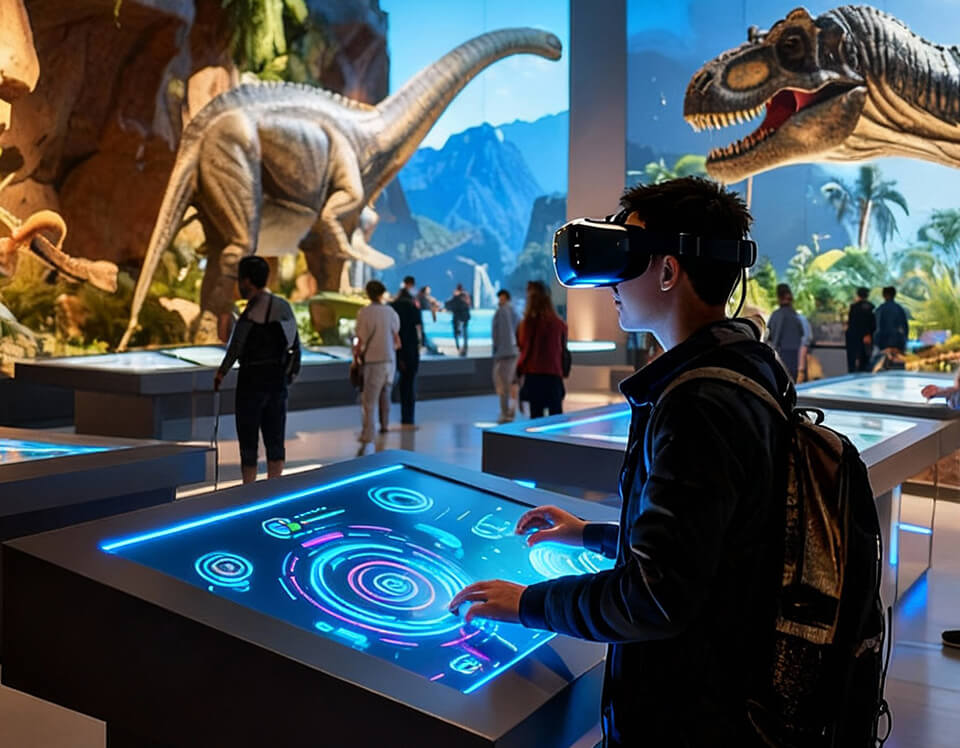
VR technologies push engagement further by enabling fully immersive explorations, such as time travel to ancient worlds, interactive scientific simulations, or artistic journeys through new dimensions. VR helps museums provide guided virtual tours, educational programming, and emotional storytelling, all within a controlled, scalable environment. This technology appeals strongly to younger audiences, promotes repeat visits, and supports outreach to remote learners or classrooms.[2]
Interactive Multitouch Tables with Object Recognition
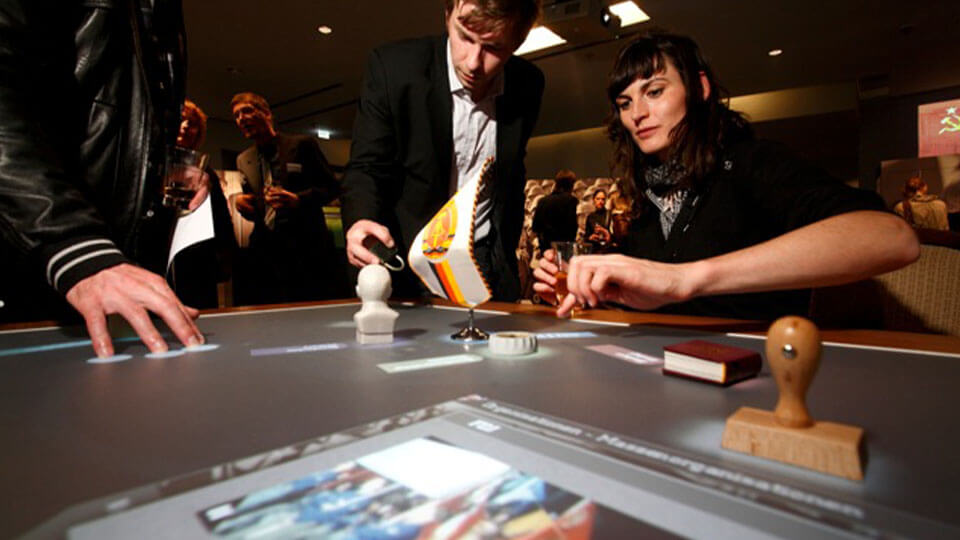
Interactive multitouch tables transform museum visits from passive observation to active, engaging exploration. These tables combine tactile physical interaction with rich digital overlays, allowing groups - especially school groups or families - to collaborate and learn in real-time by manipulating 3D models, multimedia content, and even real artifacts recognized on the table’s surface.[6] Object recognition enables personalized storytelling and gamified content, which increases dwell time and supports various learning styles. Solutions like those offered by eyefactive allow for seamless integration of custom content, languages, and adaptive features for accessibility, making them ideal for both hands-on education and inclusive visitor experiences.[7]
Large Immersive Video Walls for Maximum Engagement
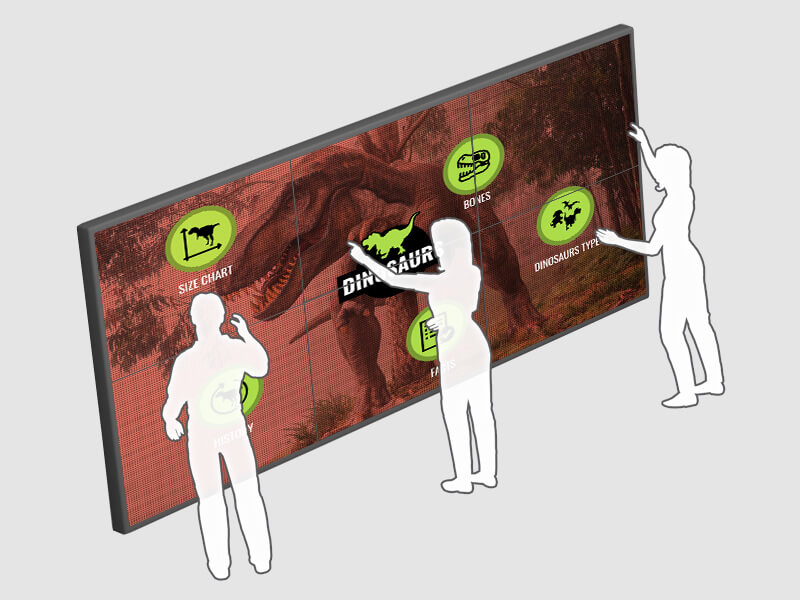
Large-scale video walls have become signature elements in leading museums worldwide, delivering panoramic visual storytelling and transforming entrance spaces or special exhibitions into emotional, immersive experiences.[8] With ultra-high-resolution displays, these installations can recreate historical events, take visitors on virtual journeys, or present complex data in visually compelling ways. Their scale ensures that narrative moments captivate both groups and individuals, while integrated audio, motion sensors, and interactivity deepen engagement and memory retention. Custom video wall software, such as eyefactive’s, supports flexible design and content updates, ensuring relevance and adaptability across seasons and themes.
Self-Service Kiosk Terminals for Revenue and Efficiency
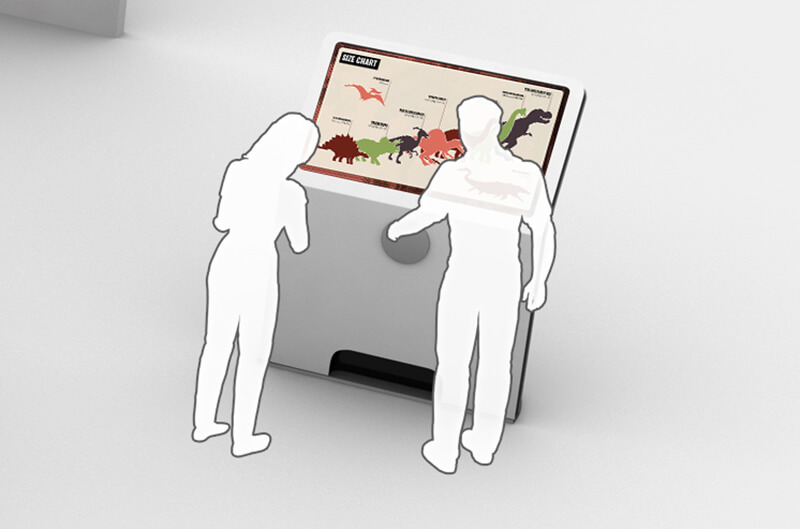
Self-service kiosks streamline the entire visitor journey. Modern museums deploy these terminals for ticketing, membership sales, merchandise, exhibit information, donations, and multilingual support.[9] By reducing queues and automating routine transactions, kiosks free up staff for more meaningful, value-added work. Integrated analytics provide actionable insights into visitor preferences and buying patterns, driving upselling and targeted offers. The impact is measurable: museums report increased revenue, higher satisfaction scores, and more accessible entry points for diverse visitor segments.
Native Multitouch Software for Seamless User Experience
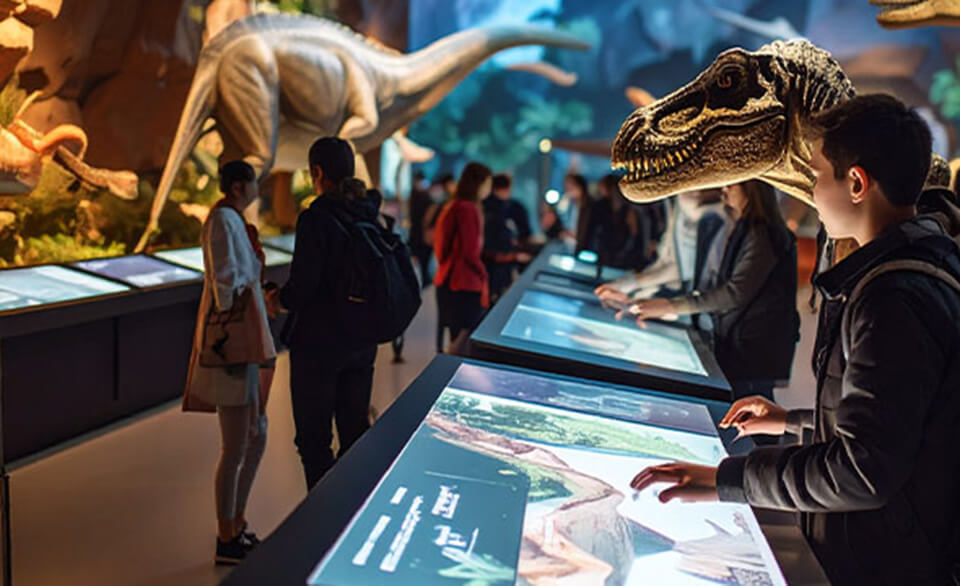
Unlike standard web-based adaptations, native multitouch software is purpose-built for large-format displays: enhancing responsiveness, supporting intuitive multi-user gestures, and enabling complex storytelling.[4] Museums using dedicated software platforms, such as eyefactive’s, benefit from custom layouts, robust performance at high resolutions, and the flexibility to incorporate everything from quizzes to live data feeds. No-code content management allows easy updates by museum staff, lowering the barrier to creative experimentation and rapid prototyping. Superior user experience translates into more engaged visitors and repeat attendance as audiences discover new ways to interact with content each visit.
Augmented Reality (AR) and Mixed Reality
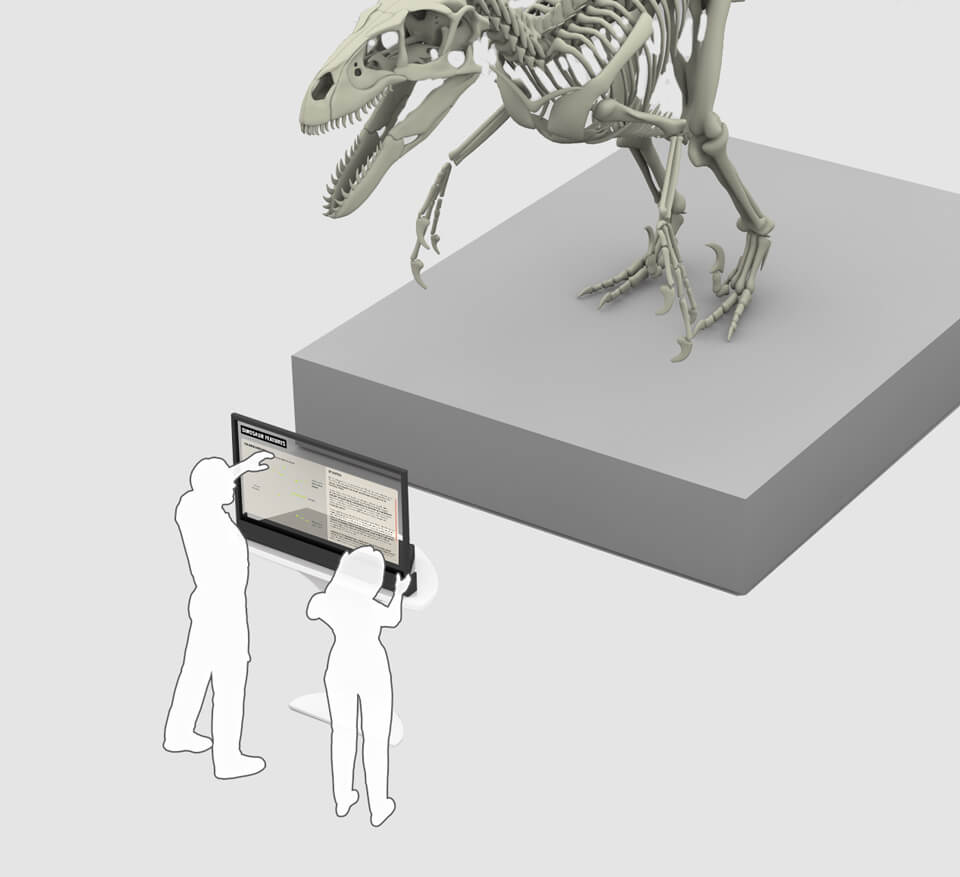
AR and Mixed Reality enhance physical exhibits by superimposing digital content via smartphones, tablets, or dedicated smart glasses. Visitors can unlock additional stories, animations, or context-sensitive guides without altering existing displays. AR experiences are particularly valuable for self-guided exploration, accommodating diverse learning preferences and localized information delivery. Institutions worldwide use AR to layer narratives, visualize invisible phenomena, and excite digitally native audiences.[9]
Data-Driven Insights and Visitor Analytics
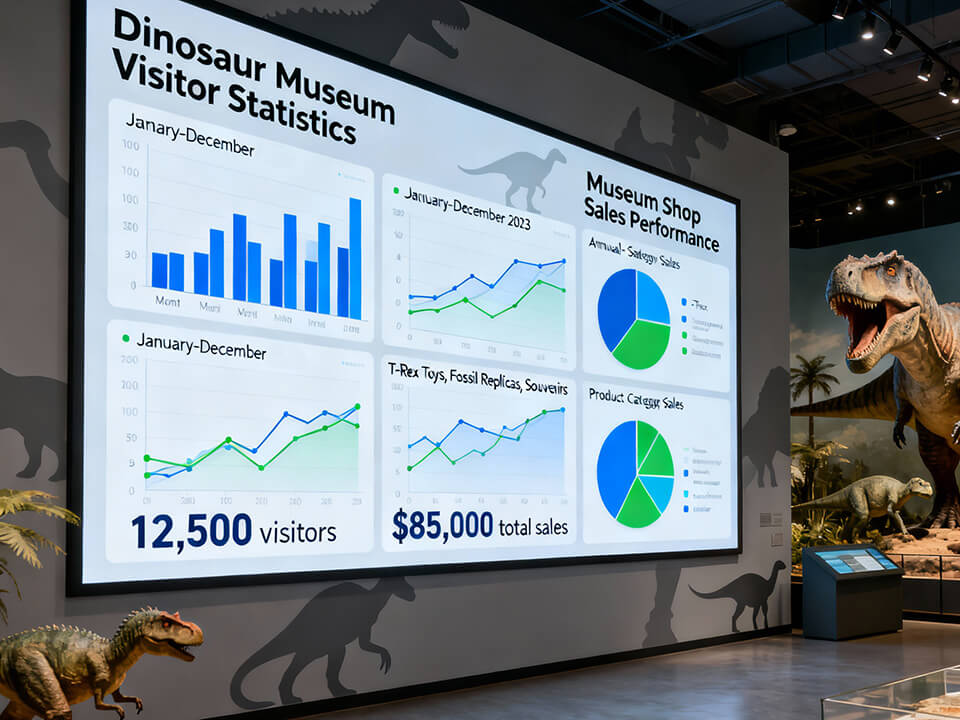
Visitor tracking and analytics platforms, leveraging tools like beacons, heatmaps, camera tracking, and app-based data, deliver the actionable intelligence that museums need to continually improve.[10] With real-time visibility into dwell times, exhibit popularity, visitor paths, and engagement levels, decision-makers can craft more personalized, impactful exhibitions and respond promptly to issues like crowding or bottlenecks. Advanced integration enables the use of AI and machine learning for predictive analytics, strategic content curation, and improved operational efficiency. Ultimately, data-driven approaches unlock new value streams and foster a culture of continuous innovation
Conclusion: Embracing Technology to Future-Proof Museums
The digital transformation of museums is already underway and museums that embrace interactive technologies, immersive storytelling, self-service automation, and data-driven decision-making will lead in the race for relevance, visibility, and sustainability. With industry-proven solutions like those from eyefactive, institutions can create flexible, scalable visitor experiences that meet the needs of diverse audiences today and tomorrow. The imperative is clear: invest smartly in interactive and immersive digital tools, and future-proof your museum for generations to come.


